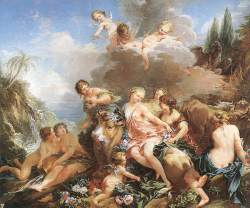p 123 |
Don Juan: fictitious character symbolic of libertinism.
(Don Juan. (2015). In Encyclopædia Britannica.)
p 123 |
Gustave Jean Jacquet (1846-1909), painted genre scenes and society portraits.
,
Is
this the portrait of Mme de Surgis?
p 125 | ...
married to a Bourbon princess...: this is the only mention of Charlus’s late wife's having been a Bourbon – that is, a member of the family of the family of the Kings of France between 1589 and 1848.
(Sturrock)
p 126 |
one louis: a gold coin worth twenty francs.
(Sturrock)
p 128 |
Uncle and Nephew, i.e.
Nephew as Uncle, by Friedrich Schiller & L.-B. Picard.
p 129 | Giorgionesque...
Giorgione on wiki. Did they mean like this?
 |
Pastoral Concert. Louvre, Paris, which
it now attributes to Titian, c.1509. |
p 130 |
Scapin is a character in
Les Fourberies de Scapin ("Scapin's Deceits"), a 3-act comedy by Molière; the traditional figure of the insolent valet in Italian comedy, imported into France by Molière.
(Sturrock).
p 131 | ...
send me away with a flea in my ear... a
rebuke.
p 132 |
Syndicate...
p 132 |
Victurnien d'Esgrignon is a character in
Balzac's novel
Le Cabinet des Antiques.
p 132 |
Emile Loubet was president of the Republic from 1899 to 1906, and thus during the time when the Dreyfus case was reopened. He was in favor of a review and reprieved Dreyfus after he had been found guilty for a second time.
(Sturrock).
p 133 | definition of
aristocrat

p 134 |
Prussian blue
p 136 | The
Restoration was the period immediately following the fall of Napoleon and the First Empire
(Sturrock).
p 136 |
deliquescent: becoming liquid or having a tendency to become liquid. Sturrock says: 'Ah! Green ...' ": the line (slightly misquoted) comes from a volume of parodies of Symbolist poetry entitled Deliquescences: Poemes decadents d'André Floupette (1885), written by Gabriel Vicaire and Henri Beauclair. In French, the quote reads,
"Ah! Verte, combien verte était mon âme ce jour-la...."
p 140 |
Jules, Cardinal Mazarin (1602-61), a great statesman of the 17th-century, founded the Bibliothèque Mazarine in Paris in 1642, a public library that became part of the Bibliotheque Nationale in 1930.
(Sturrock).
p 140 |
Athena Hippia (Sturrock: so called because she was supposed to have taught men how to control horses);
Pallas Tritogeneia.
p 142 | Assyrian frieze
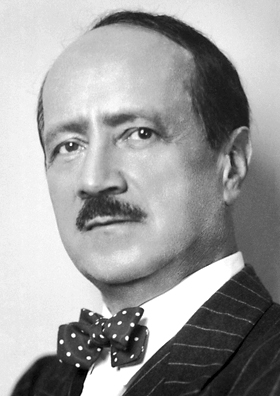

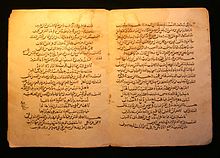


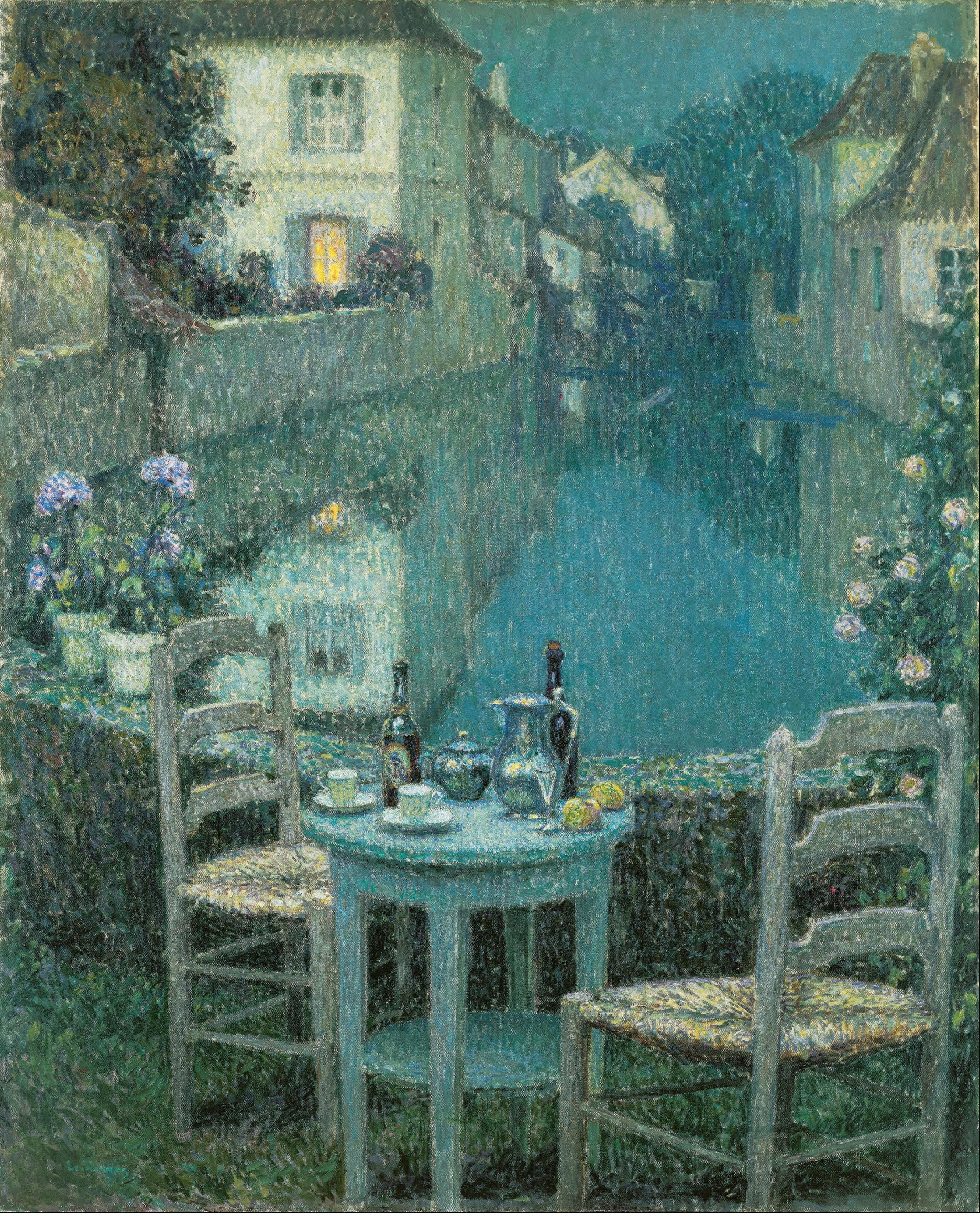

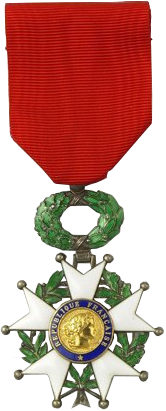
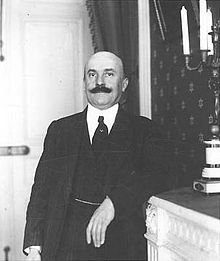

.png/220px-Barouche_(PSF).png)








